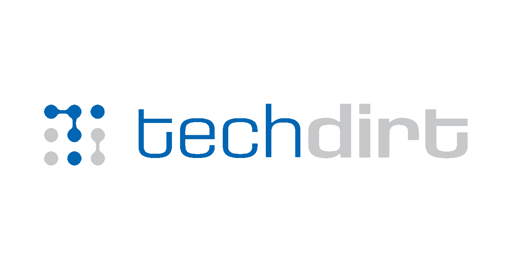We’ve long explored how powerful regional broadband monopolies have dominated America, resulting in spotty access, high prices, slow speeds, and terrible customer service. We’ve also long discussed how the U.S. government has done little to actually fix the problem, ranging from outright coddling monopolies (Trump) to performative fixes (the Biden FCC) that don’t take aim at monopoly power.
As a result, a growing number of towns and cities are building and running their own broadband networks (or partnering with somebody who will). That includes Superior, Wisconsin, where locals recently launched their first open access community-owned fiber network. The network offers symmetrical gigabit speeds at prices much lower than anything local monopolies will provide:
“Stephanie Becken, the city’s broadband manager, told WPR’s “Wisconsin Today” that the new network has been a game-changer for Superior. Before, residents were limited to a handful of existing internet service providers in the area, and connectivity could be spotty because those companies hadn’t invested in updated infrastructure.”
Because the network is open access, it allows multiple ISPs to come in and compete on the same central infrastructure. Right now two providers are offering service to locals, but the number is expected to grow over time. We explored how this model can be used to spur competition in long-neglected U.S. broadband markets in our 2022 Copia report.
This particular network was built on the back of broadband grants provided as part of the 2021 American Rescue Plan Act (ARPA), which has helped fund a large number of community-owned networks. It’s precisely the type of efficient government-backed “abundance” guys like Ezra Klein profess to be looking for.
Superior’s success comes despite the fact that Wisconsin is one of 16 U.S. states that have passed state legislation — usually ghost written by regional telecom monopolies — making it extra difficult to build, fund, and expand community-owned broadband networks.
These monopoly providers — who routinely take billions of dollars in subsidies for broadband networks that are always mysteriously half deployed — love to try and tell scary stories about how such community-owned broadband networks are a dire, existential threat to taxpayers. Often companies like Charter will even create fake consumer groups to try and scare locals away from the idea.
In the real world, data routinely indicates that community-owned broadband networks offer better, cheaper, faster broadband (at more transparent pricing) than anything AT&T, Comcast, Charter, or Verizon offer. And the idea saw a massive boost in popularity during COVID, when many Americans in lockdown got a brutal reminder of the substandard nature of U.S. broadband overall.
All told, there’s now more than 400 community-owned broadband networks serving more than 700 U.S. towns and cities nationwide. And with the Trump administration taking a hatchet to effectively all federal oversight of big telecom, the highly organic, local movement shows no sign of slowing down.
From Techdirt via this RSS feed


